We welcome Singh-Ray’s most prolific blogger back to our new blog! Steve shares his perspective on using filters and setting priorities when it comes to the quality of your images.
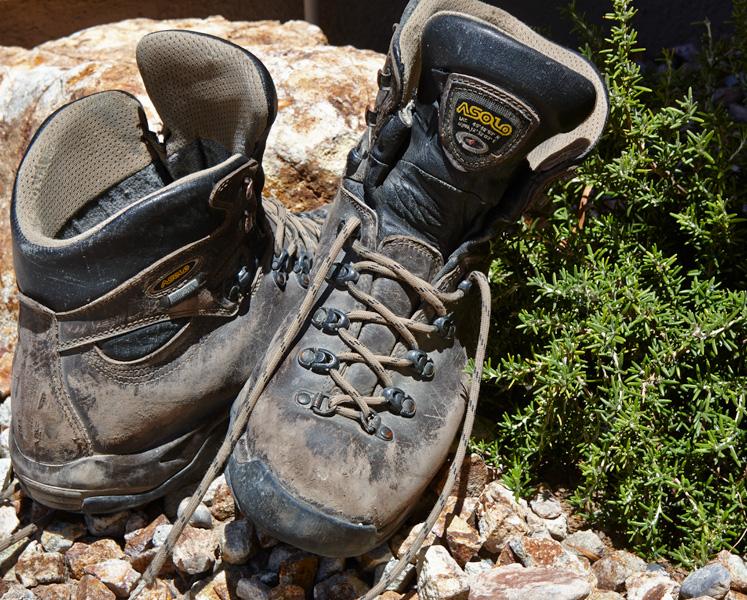
Each of my Singh-Ray filters is actually among the least expensive elements in my photo gear. Not only do I have hiking boots that cost more than most of them, almost everything I’m carrying does, from my backpack to my camera gear. And pound for pound, they deliver the best bang for the buck and do as much or more for me than any other part of my photographic kit.
Here are a few of the comments about filters I’ve overheard over the years that have stuck with me:
“I’m not spending $100 on a filter!”
“You don’t need filters with digital.”
“I carry all these filters around, but never seem to use them.”
“My filter has a scratch, so I don’t use it anymore.”
“You’ll never see the difference. And think of all the money you’ll save.”
Photography has a steep learning curve, and for me, a critical part of that curve relates to filters. Getting better obviously requires that you know how all your gear works and that your reactions become automatic. That same depth of knowledge and comfort is equally important with filters, though many of us don’t realize it.
Years ago, I discovered that my chances of success in the field increased dramatically when it became second nature to react quickly and decisively when a filter could make the difference in capturing the image I saw in front of me. So I spent the time to learn, in detail, how each of my filters was designed to be used, the proper techniques for using them, why they were effective in specific light conditions and when and where to use them to capture those fleeting opportunities.
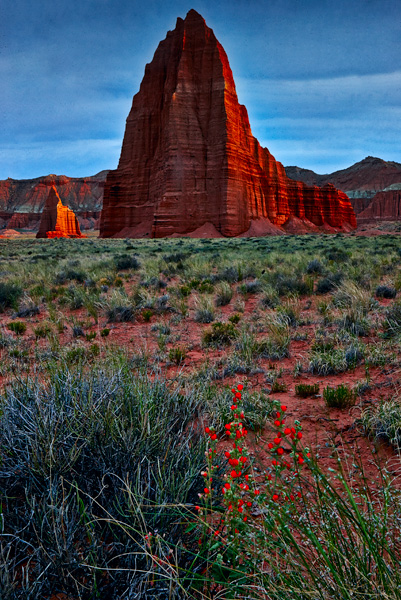
Temple of the Sun and Moon, Capitol Reef National Park, Utah
In this scene, the light was fleeting and diffused and glare was not a problem, so the polarizer I had been using was no longer the right solution. Switching from my Singh-Ray ColorCombo to the Color Intensifier gave me the same subtle color boost, but also almost two additional stops of light, so I was able to use a faster shutter speed to stop the foreground from blurring in the steady breeze.
“I’m not spending $100 on a filter!”
I was standing on Sentinel Bridge in Yosemite years ago witnessing an extraordinary sunset with at least 30 other photographers, when someone shattered the mood with that comment. As I opened my shutter, I thought to myself that without a filter, I wouldn’t be able to make this image at all. I also knew that, with a lesser quality filter like the one he was using, the image would have been unsatisfactory… at leastto me. But I did give him credit for knowing that he needed a filter in the first place!
When I teach an introduction to filters, I start with entry-level filters so this lesson can be visualized quickly. Any filter that leaves a sign that you were using a filter, or what I call a footprint, is not acceptable to me.
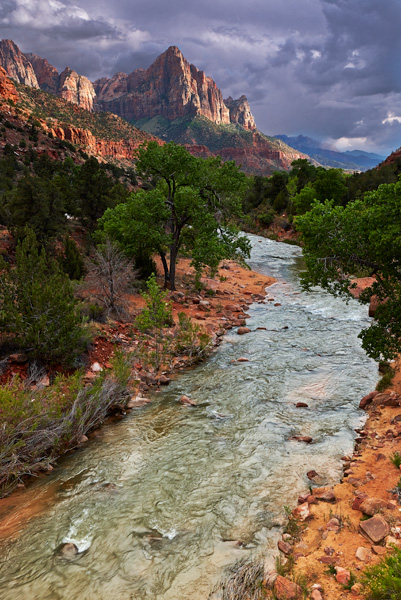
The Watchman, Zion National Park
Patience and a Rowell ND grad enabled me to capture this image after four hours of drizzle and rain had driven everyone else away, leaving me alone to witness – and capture – this beautiful scene.
“You don’t need filters with digital.”
If that was true, I would have immediately given up photography as I knew it, bought a point ‘n shoot and started taking my flash cards down to the corner store for processing. I’ve never faulted those who do this, but it is a completely different art from what most of us try to do!
Getting it right in camera is everything for me. We have better-than-ever-light meters in our very expensive camera bodies and they’re there to be used. Yes, I realize that sliders and tools galore are available in post processing, but I prefer the confidence of knowing I have the right exposure in my camera to begin with. And if I can’t figure out where my 18% gray (mid-tones, usually) is in the landscape in front of me, how will I do it correctly later on a monitor?
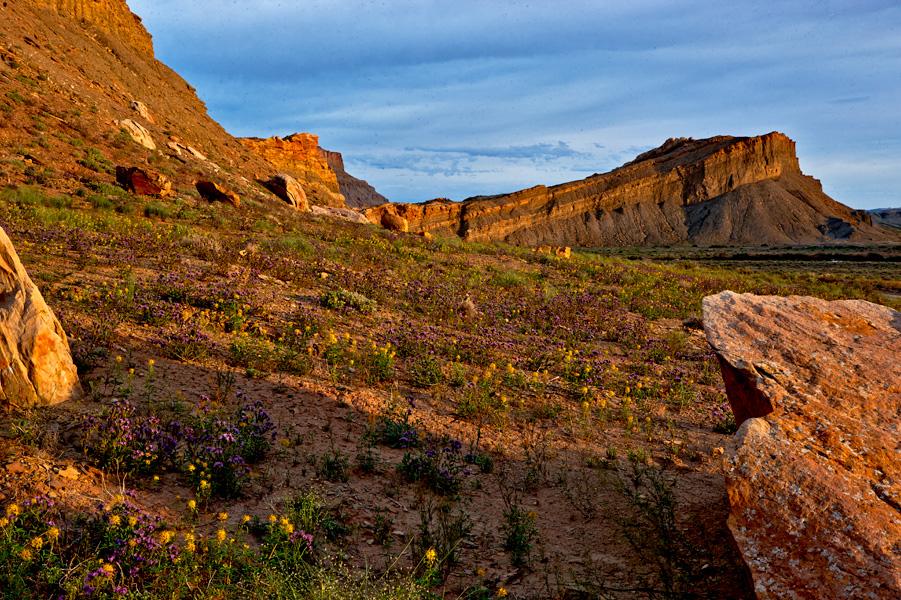
Along the Waterpocket Fold, Capitol Reef National Park, Utah
Green is the hardest color to manipulate in post processing for me. It is non-reflective and often renders in shadow. With the Singh-Ray ColorCombo, I can handle this problem in camera.
“I carry all these filters around, but never seem to use them.”
Someone once showed up for a workshop, opened the trunk of their car and brought out a stack of some 10 filters – still in their sealed pouches! Like all of my equipment, filters are tools and like all tools, their use becomes clear once you understand what they were intended to do. Just as your first solo flight is not the time to learn how the plane works, a trip to a spectacular location like the Grand Canyon is not the time to try untested equipment.
Before I purchase any new equipment, I need to know what it will do for me that I can’t do now and how often it will fit into my photography. The workshop participant above had bought all those filters without going through that thought process – and so was essentially paralyzed when it came to using them in the field. He didn’t immediately associate any of the lighting conditions he faced with a specific filter solution or combination of filters. I’m certain if he’d taken the time beforehand to learn what each filter could accomplish and how and when to use them, that he could have made much better photos on that trip.
When you reach a level of “conscious competence” with all your gear, then you can concentrate on making an image of what you see and feel at a particular moment. For me, it is a process of “being in and of the landscape.” That may sound a little new wave, but it really means that you are so comfortable with the technical aspects of photography – settings, filters, exposure – that you can focus entirely on where you are and what you see, with the confidence you will be able to capture the moment when it occurs.
Some define luck as opportunity meeting preparedness. That is exactly what I’m driving at.
The golfer Gary Player, after holing out a sand shot, heard a man in the gallery say “Lucky shot.” Gary walked over to the fan and said, “Sir, the more I practice, the luckier I get.”
With your photography, being in the right place at the right time takes patience and practice. Some use a GPS. Others, like me, enjoy the adventure of following unknown roads and trails. Some preconceive what they want to photograph – and move straight ahead after it in the field. They see in their mind’s eye the grizzly in the falls with the salmon in its mouth, the rainbow after the passing storm and dusk in technicolor! Some, again like me, enjoy the thrill of the hunt and the challenge of the chase. There are unlimited reasons why and how we pursue landscape photography – and all are good! I never argue with success. Whatever brings you to that place where your heart begins to race and your photo gear seems to start setting itself up all on its own, just keep doing it!
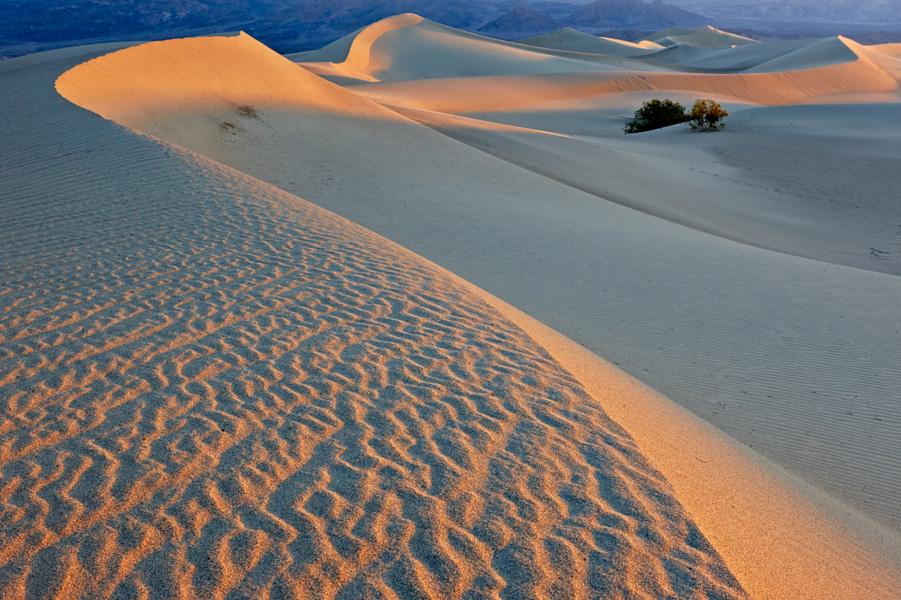
Mesquite Dunes, Death Valley National Park, California
The Singh-Ray warming polarizer is one of the greatest tools I own. Its effect is usually undetected unless you show a frame without it. The need to warm is there anytime there is cold blue reflected light in your composition, usually from a cloudless, bright blue sky. Shadows, especially, go blue or cold. When we polarize, the shadows are deepened, creating the need to warm them – and this filter does both!
For me, everything in photography comes down to problem solving. My first and most important rule: there is always “something for something” – something I’ll have to give up to achieve something else. Less depth of field or more noise for a higher shutter speed, for example. Each and every image presents a new and often perplexing puzzle to solve – and I must work with the hand I’m dealt in terms of what nature provides – or doesn’t.
When light can change by the second, filters can be a blessing if you have them with you and understand how to use them. They are only a curse if you use them improperly or don’t have them. Otherwise, there is no downside, in my opinion. I try to do everything possible to simplify the thought process, with practiced, repeatable actions in the field, based on the discipline of knowing how everything works, when and how to use it – and frequent practice.
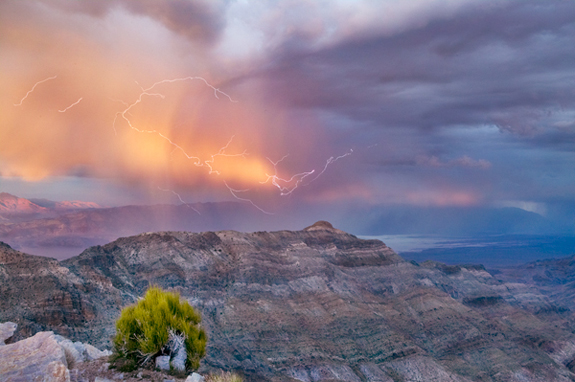
Aquerberry Point, Death Valley
This is a great example of how preparation can breed luck – and the one “hit” that made all the misses worthwhile! I had rarely used my Stepping Stone lightning trigger, but I had it with me and knew how to use it. As this storm rolled across Death Valley, I was able to capture one of the most amazing experiences I’ve had in the field. What we saw at that exact moment is on my Death Valley dvd.
“My filter has a scratch, so I don’t use it.”
It may be surprising, but most scratches (unless deep) usually have no effect on the image. The filter is very close to the lens and chances are, the lens won’t see the scratch at all. It’s like using a big telephoto right next to a chain link fence – the fence just disappears! If you want to make sure, shoot one frame without the filter and the one with. I do this as part of my workflow anyway. I always want to see the first frame without a filter.
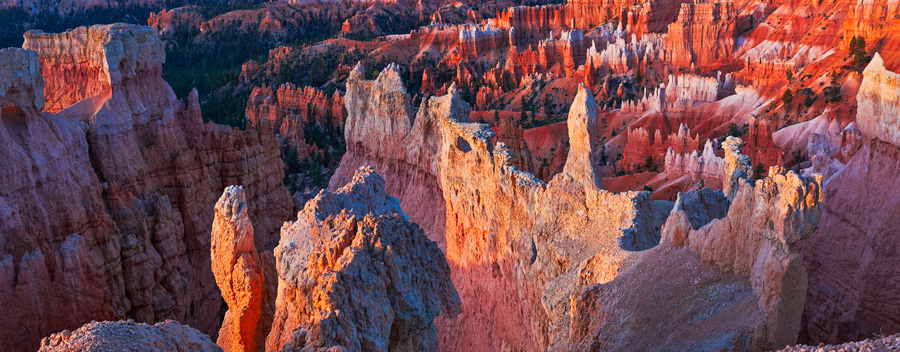
Queen’s Garden. Bryce Canyon National Park. Utah
I love to shoot panoramas. The use of almost any filter, especially a polarizer, can produce inconsistent effects across the span of the image, depending to the orientation of the sun, unless you are careful to adjust the filter accordingly with each image in the pan sequence. But one filter who can use without worrying about that is the Singh-Ray Color Intensifier.
You’ve found the location and the scene you want to capture. The next part of the challenge is “how to say it.” For me, as I mentioned, before it’s about problem or challenge solving. So how do you recognize the potential problem or challenge that might prevent you from getting that great image? My workflow is:
- Assess the situation. Step back and walk the area.
- Find the composition. Making sure you’ve found the strongest setting. There might be stronger elements elsewhere.
- Pick the lens. This helps me visualize what elements I want in or out of my composition before I do anything else.
- Find the angle and height. A few inches in any direction changes everything. There are many things to consider: foreground, depth of field and horizon lines are among them.
Only then do I go back to my pack and begin to set up.
Now it’s a question of what problems or challenges do I have and how can I solve them. I usually will not change my position or any element of my setup until I have exhausted all possibilities or the light has changed or gone. Going through my filter kit is part of this process. It slows me down and helps me think my way through a set up. I always remember that once I pick up the tripod, there is no going back!
“You’ll never see the difference. And think of all the money you’ll save.”
Filters, like any other part of my photo gear, are simply tools to solve specific problems. So why have I used Singh-Ray filters exclusively for so many years? Quality and performance. No one makes a better product! Their workmanship and customer service are second to none and they develop innovative products not found anywhere else in the industry. They care about what we as photographers think about their filters, how we use them and what they might design next for us.
My filters have changed the way I see and work in the field. I would never consider being without them! And, to answer that last comment, I can see the difference and that’s all that counts for me.
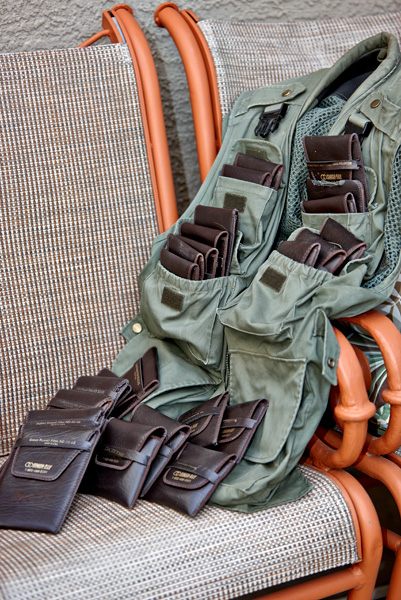
Steve relies on the long-ago-discontinued Nikon Vestrap vest, which he manages to obtain periodically on e-Bay. And he loads it up with filters, lenses and other accessories so he can move freely without his backpack and still be prepared for whatever lighting conditions he finds.
One spot left in Steve’s 5-day Great Smoky Mountains workshop, October 16 – 20, 2014. Find out more.
